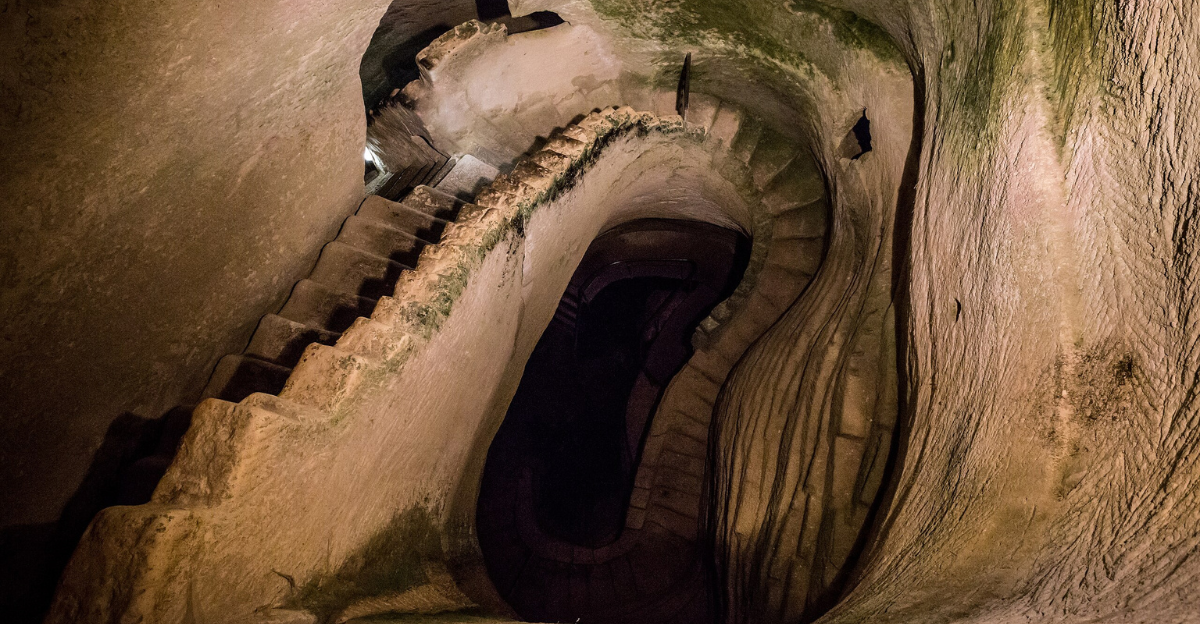
Ancient Egypt was an amazing place full of innovation that archaeologists still discover today. The most recent find has stirred up a lot of controversy and intrigue, brought about by the research of two teams consisting of Italian and Scottish researchers. They claim unheard-of structures lying underneath the Pyramids of Giza.
Among these structures are multi-level structures, all joined by geometric passageways, wells, and square chambers. If true, these structures were hidden from us by our technological limitations, but that ends now.
Roles Of Animals In Ancient Egypt
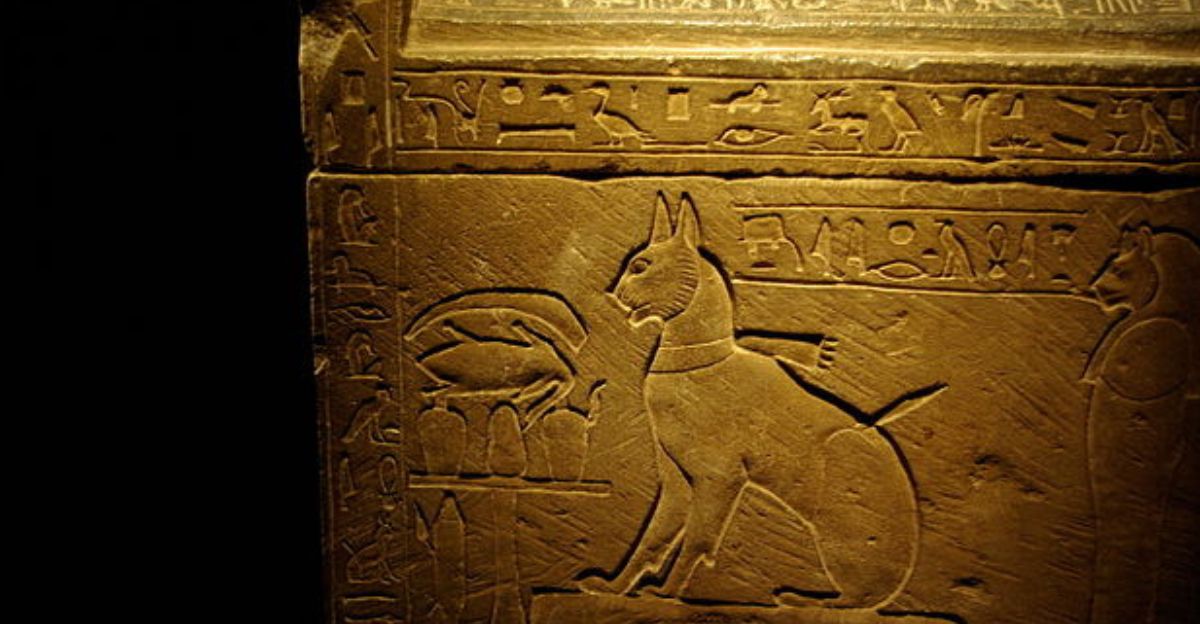
Animals played an important role in Ancient Egypt, whether in day-to-day life or deeper religious icons. A lot of animals were praised as symbols of gods who either looked after people after death or protected them in life. Anubis was symbolized by the jackal and was a guardian of the deceased. Cats were icons for Bastet, who was the goddess of fertility.
There was more sacred iconography related to animals, such as the Apis bull and the crocodiles of the Nile. We can see these influences in Egyptian art and carvings in sacred places that have survived to the modern age. Without archaeology, we would have never learned about these fascinating insights into an ancient world.
Leveraging New Technology
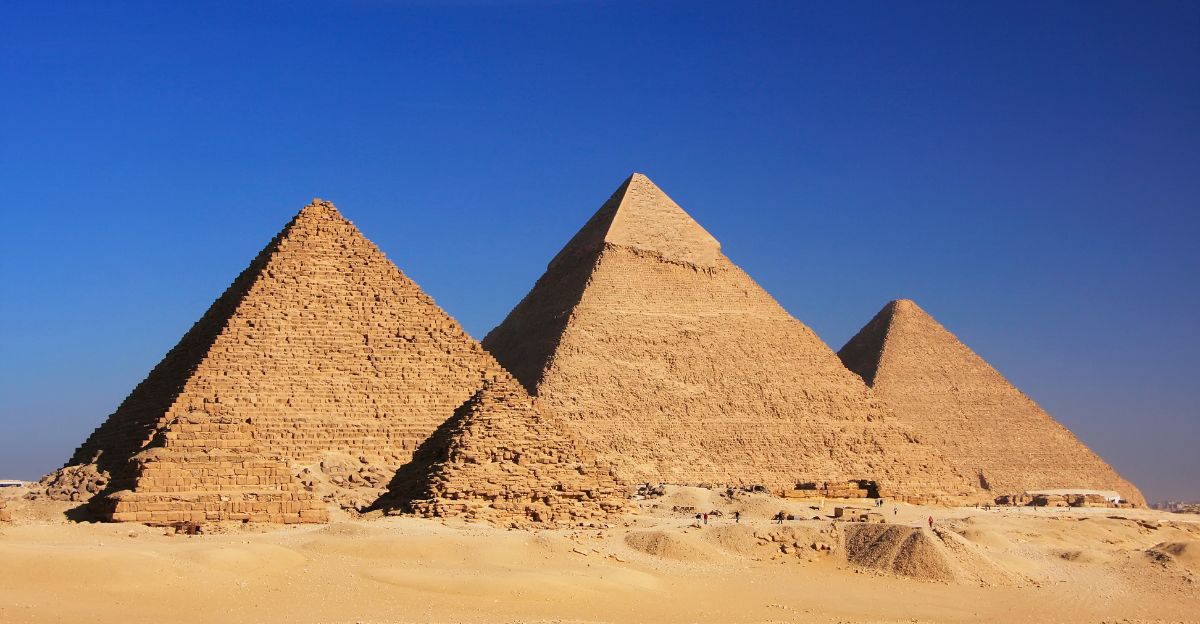
Archaeology and the study of the ancient world have captivated the human mind for centuries. Early pursuits uncovered a trove of knowledge, and like now, archaeologists used the best technology available to them at the time.
As technology advances, researchers go back to previously explored sites to see what new things can be found, and this was the case when the two teams leveraged Synthetic Aperture Radar (SAR) to look below them, deep underneath Giza.
Underground Findings
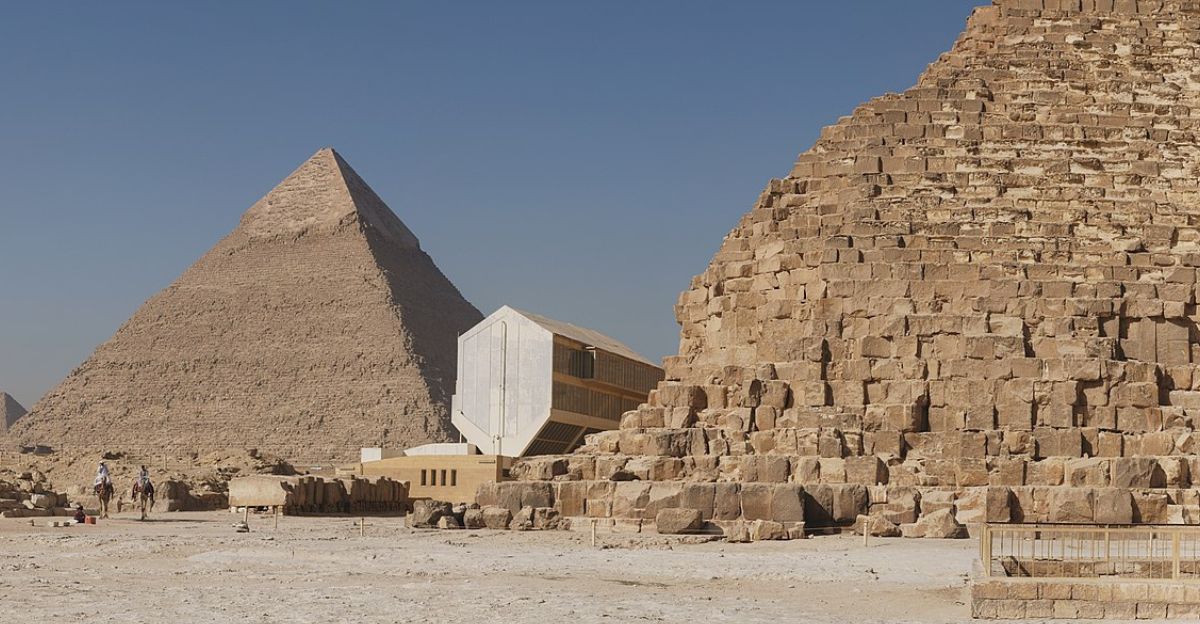
The discovery was met with a lot of skepticism, which is a healthy component in any scientific field. Any evidence that lacks peer review should be taken with a grain of salt. With that said, the research teams claim to have found a subterranean network that could go as deep as 6,500 feet below Giza.
The network was allegedly found beneath not just one, but all three pyramids of Khufu, Khafre, and Menkaure, and link them together. The structures include multi-level stuctures that all share identical traits.
Impressive For Its Time
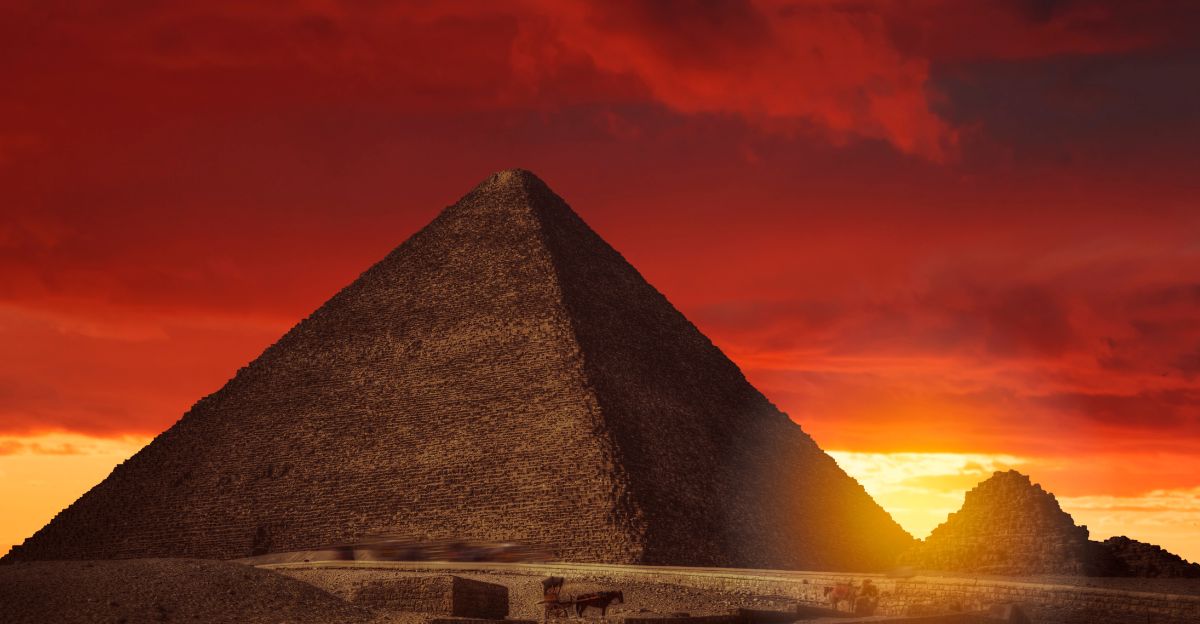
Ancient architects in Egypt have shown engineering feats that even rival the modern world. For people that believe the pyramids were built through the sheer will of an ancient civilization, no one can refute how advanced they were for their time.
This new discovery highlights new understanding into the civilization and what they were truly capable of. It could lead to new scientific insights into a lost civilization and change previous notions, if it can be proven to have merit.
Going Beyond Tombs

From the earliest studies of the pyramids, archaeologists have understood that they were tombs for the most influential rulers of Ancient Egypt. However, the underground structures could change this understanding completely.
There have been theories proposed by researchers and alternative historians that the underground structures could have served a deeper purpose, such as for ceremonies or initiations.
There are other more “out-there” theories that suggest these chambers could have been massive energy hubs or even some kind of ancient machine by noting intentional spatial symmetries that would indicate them acting with natural forces such as water and sound.
Technological Debates
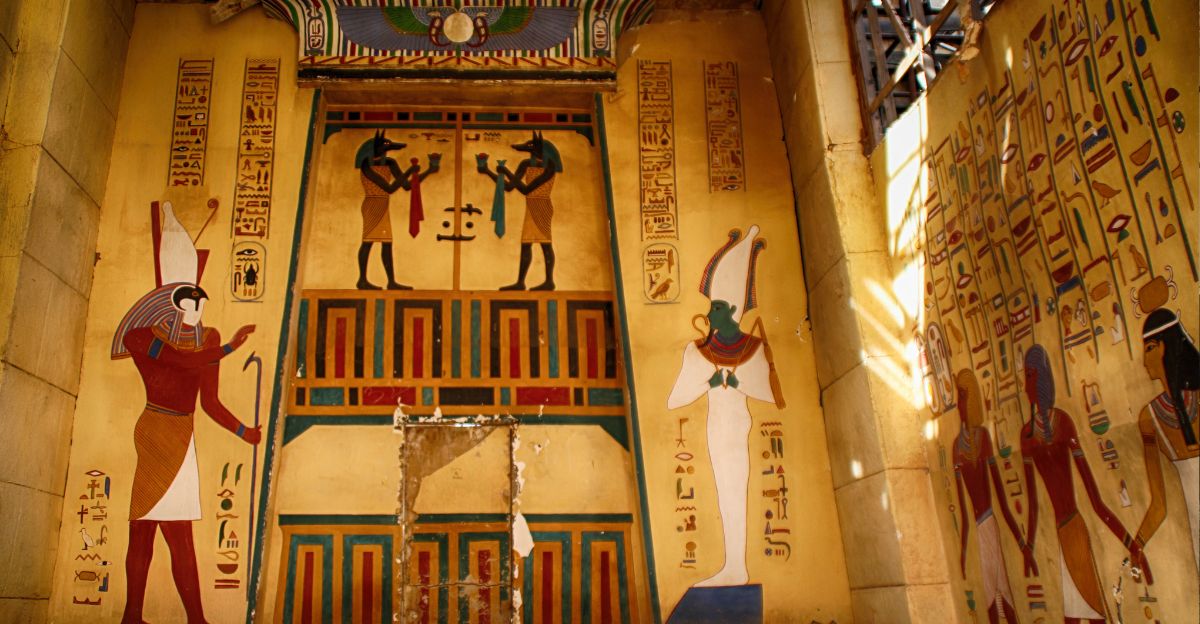
While the research data gathered is under a lot of scrutiny, the research teams are adamant and standing their ground. Leading experts have dismissed the claims, arguing that SAR is not reliable enough yet to be able to uncover such complex structures, as well as these structures being impossible to be present in the bedrock to begin with.
Without physical exploration and no peer-reviewed studies, no credible evidence has emerged yet.
Speculation Through The Ages
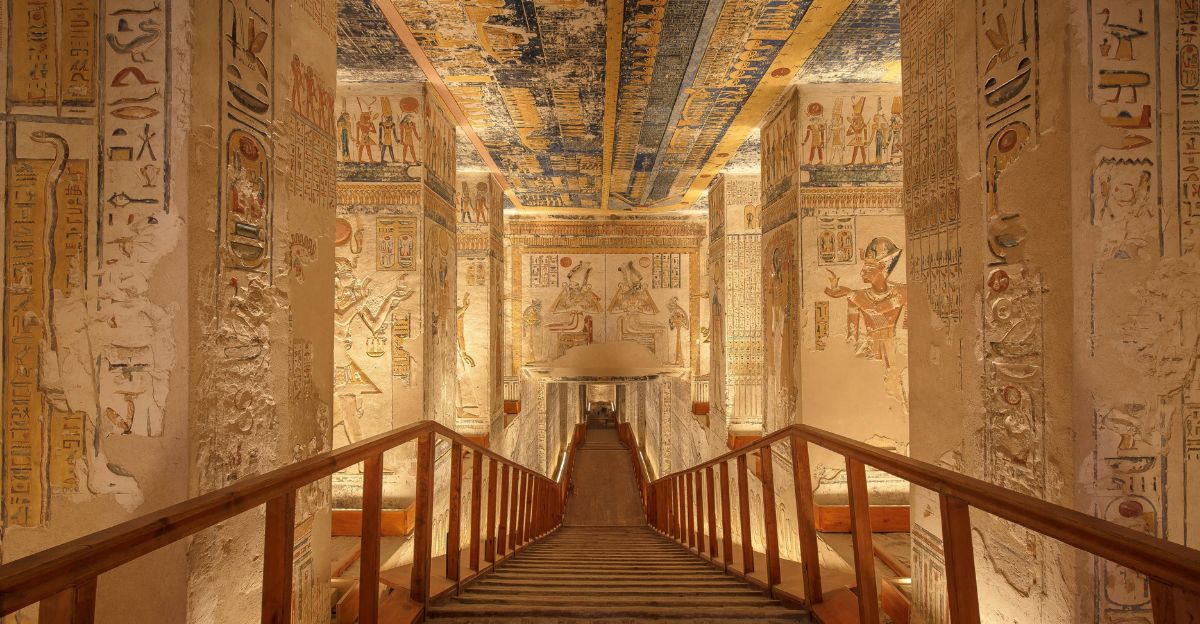
The notion that the pyramids could have harnessed natural energy isn’t a new theory. Amazing inventor Nikola Tesla and engineer Christopher Dunn both suggested that the pyramids served a purpose beyond our understanding, such as structures using Earth’s seismic activity into kinetic energy.
Others believe that hydraulic systems could have leveraged the water table, creating power.
More Study Is Needed

While the majority may believe that the research conducted is more conspiracy than anything else, history shows that many forward thinkers were ridiculed in their time. The takeaway is that more study is needed into these ancient structures to either dismiss them entirely or prove leading experts wrong.
Human intrigue invites fascinating discussions about how ancient civilizations lived and how advanced they really were. Giza still holds many secrets, and in the future, it may be proven that its people were far more advanced than we thought.
The Future
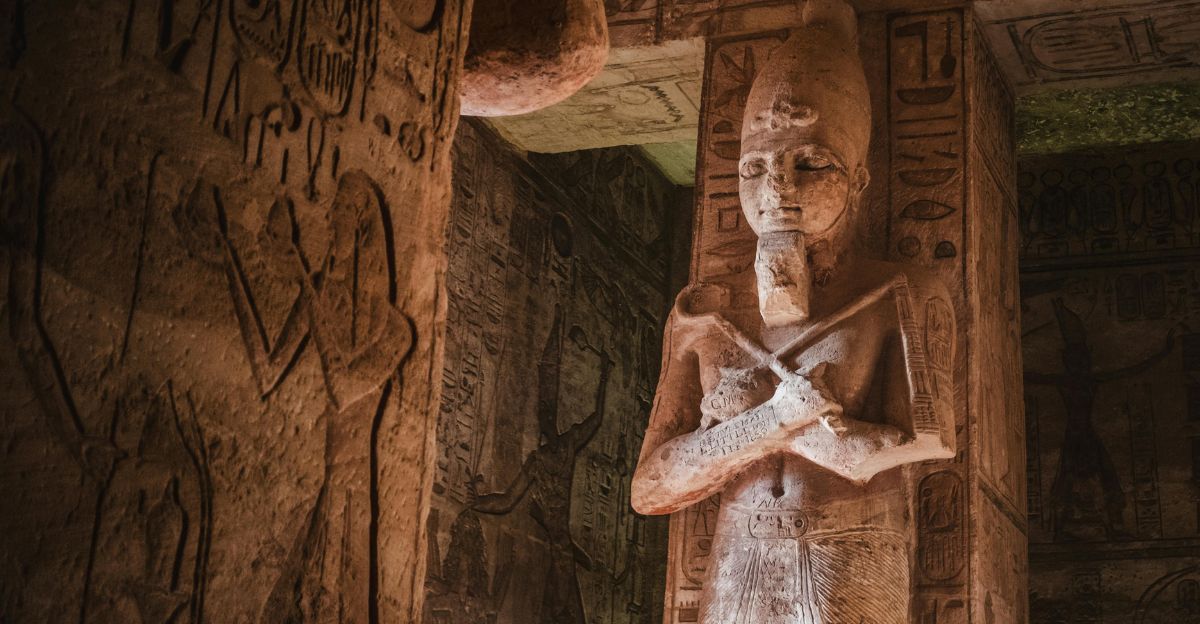
With Egyptian authorities halting further physical explanation into these structures, many cite it as a cover-up, while their official statement is preserving cultural heritage.
The debate will rage on for years or even decades, and those in our lifetime may never know for sure what exactly lies underneath Giza, whether its just bedrock, or something unprecedented.
Explore more of our trending stories and hit Follow to keep them coming to your feed!

Don’t miss out on more stories like this! Hit the Follow button at the top of this article to stay updated with the latest news. Share your thoughts in the comments—we’d love to hear from you!







